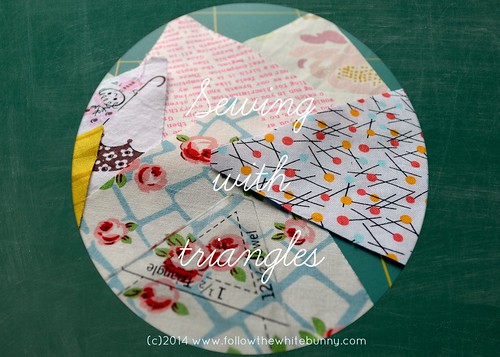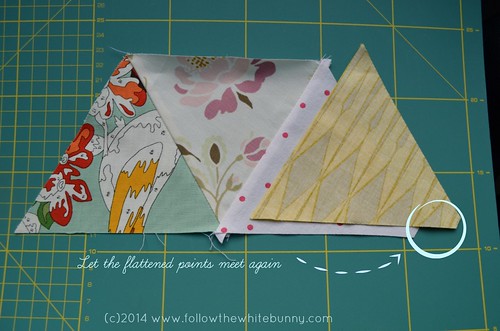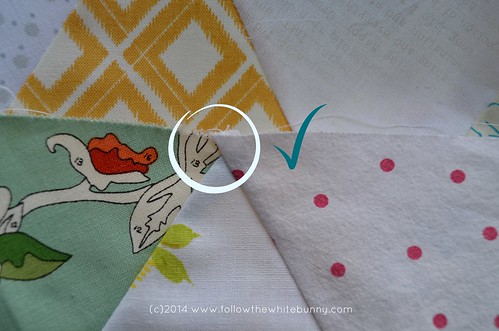As I was adding applique balloons to my Party Bear Embroidery, I thought I'd make a quick tutorial for easy applique. It's really an applique tutorial for embroiderers-that-don't-sew. Combining applique and embroidery can give such fun results and it's very easy to do, even if you don't have any sewing tools or materials. I used some materials from my sewing cabinet for the tutorial but I will suggest alternative supplies that most embroiderers have in their tool kit. And yes, I know 'applique' is spelled with an 'acute accent' but I can never find those quickly enough on my keyboard! (Tips are welcome)
Supplies
For applique I use:
- Fabric to sew your applique on (obviously!).
- Fabric for your applique
- Heat 'n Bond Iron-on adhesive (or a pin)
- Scissors
- Needle (regular sewing needle or small crewel embroidery needle)
- Thread (or Embroidery Floss)
Attaching applique to fabric
You can simply cut out the applique shape you want and temporarily attach it to fabric with a pin. However, I almost always use Heat 'n Bond because it holds your applique perfectly in place which makes the end result neater. It's an iron-on adhesive that you use on the back of your applique fabric. Iron on the Heat 'n Bond, making sure the side that feels rough is facing the wrong side (back) of your applique fabric. You can either cut the shape you need from the Heat 'n Bond paper before you iron it onto the fabric. Or you can cut out the shape afterwards (which is what I did). Put an old tea towel underneath to be completely sure the adhesive doesn't stick to your ironing board.
Peel off the paper and you end up with an applique with a sticky backside. Put the applique glue side down, onto fabric and iron it on. It's a really quick method and it probably takes more time to read my instructions than to prepare your applique piece this way. :)
There are more complex ways of preparing an applique, where you fold sides under so you are not left with unfinished edges on your fabric but as this is an Easy Applique Tutorial we are going to leave the sides as they are. So please know that depending on the fabric and whether you use and adhesive the fabric can unravel a bit. The Liberty fabrics I used on the blue balloons didn't unravel at all but the quilt fabric I used for the lighter balloons did look a bit rougher on the edges. That is, before I used the Blanket Stitch to sew around the balloons.
Sewing the applique on
I like to use Blanket Stitch to sew appliques onto fabric. It's a versatile, decorative stitch that is also used in embroidery. It's also a nice way to finish your unfinished fabric edges.
Let the needle and thread come up on (not through) the edge of the applique fabric (A) and insert it into the fabric at B, diagonally from the point where the needle came up first.
Pull needle and thread through, but not entirely. Make a loop, and let the needle come up again from underneath, through the base fabric (not the applique fabric) at C.
Pull needle and thread through and you've made the first blanket stitch! Continue all the way around the shape. The next step is to make the diagonal stitch again, then the loop etc etc. To follow the curves of a shape neatly with your stitches, take care not to make space between stitches too wide.
You should end up with something like this! I hope this tutorial was useful to you. If you have any questions let me know....You can find the Party Bear Embroidery Pattern in my shop. :)









































